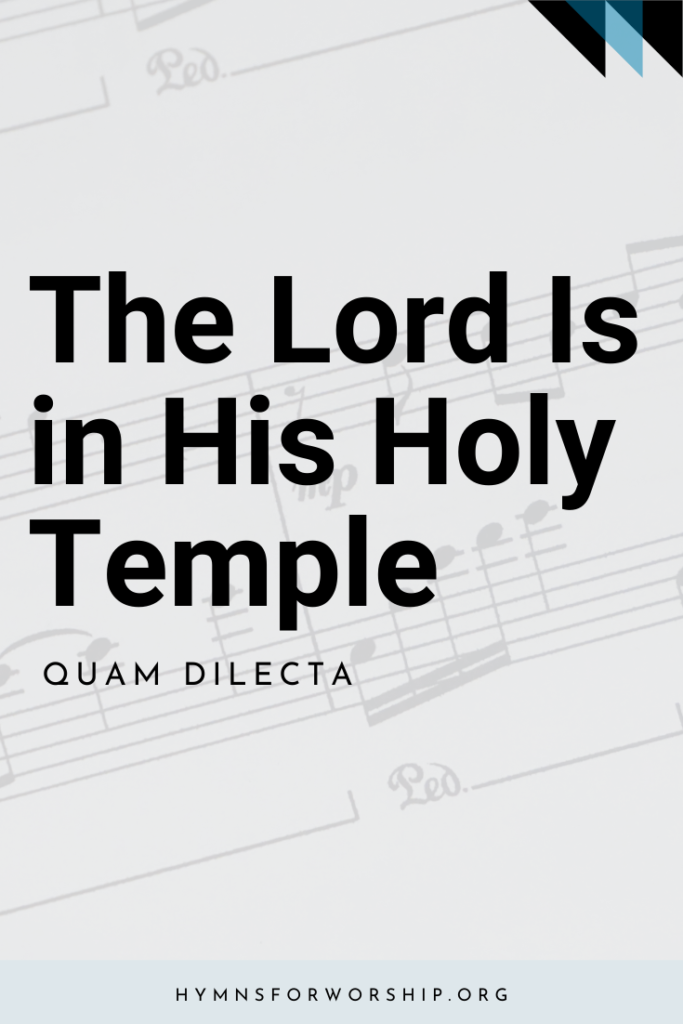JESUS CHRIST >> RESURRECTION & ASCENSION
SDAH 165
Look, you saints, the sight is glorious,
See the Man of sorrows now;
From the fight returned victorious,
Every knee to Him shall bow.


Get the hymn sheet in other keys here
For Worship Leaders
Make each hymn more meaningful with these helpful tools: Short, ready-to-use hymn introductions for church bulletins, multiple ways to introduce a hymn based on your worship theme and in-depth history and insights to enrich your song service.
Hymn Spotlight: Look, You Saints! the Sight Is Glorious
Thomas Kelly’s powerful hymn captures the contrast between Christ’s humiliation at the cross and the glory of His Second Coming. Written in 1809 and titled “The Second Advent,” it draws from Revelation 11:15 and envisions the returning King receiving “the crown of glory.” The robust Welsh tune BRYN CALFARIA adds weight and majesty to the words. Its bold, soaring lines make it an ideal setting for proclaiming Christ’s coming triumph. This is a hymn for believers who take Jesus at His word: “I will come again.” As we sing, we look beyond the cross to the crown, and rejoice in the promise of His soon return.


Text
1
Look, you saints, the sight is glorious,
See the Man of sorrows now;
From the fight returned victorious,
Every knee to Him shall bow.
Crown Him! Crown Him! Crown Him!
Crown Him! Crown Him! Crown Him!
Crowns become the victor’s brow.
Crowns become the victor’s brow.
2
Crown the Savior! angels crown Him!
Rich the trophies Jesus brings;
On the seat of power enthrone Him
While the vault of heaven rings.
Crown Him! Crown Him! Crown Him!
Crown Him! Crown Him! Crown Him!
Crown the Savior, King of Kings.
Crown the Savior, King of Kings.
3
Sinners in derision crowned Him,
Mocking thus the Savior’s claim;
Saints and angels crowd around Him,
Own His title, praise His name.
Crown Him! Crown Him! Crown Him!
Crown Him! Crown Him! Crown Him!
Spread abroad the victor’s fame!
Spread abroad the victor’s fame!
4
Hark! those bursts of acclamation!
Hark! those loud triumphant chords!
Jesus takes the highest station;
Oh, what joy the sight affords!
Crown Him! Crown Him! Crown Him!
Crown Him! Crown Him! Crown Him!
King of kings and Lord of lords!
King of kings and Lord of lords!

Hymn Info
Biblical Reference
Rev 11:15 (a) Isa 53:3, 63:1; Rev 19:12 (b) Rev 3:21; 19:16 (c) Mark 15:17-20; 1 Pet 3:22 (d) Heb 1:6
Author
Thomas Kelly (1769-1854) alt.
Hymn Tune
BRYN CALFARIA
Metrical Number
8.7.8.7.4.4.4.7.7.
Composer
William Owen (1814-1893)
Arranged
Melvin West, 1984 (1930-)
Alternate Tune
CWM RHONDDA, SDAH 201, 538





